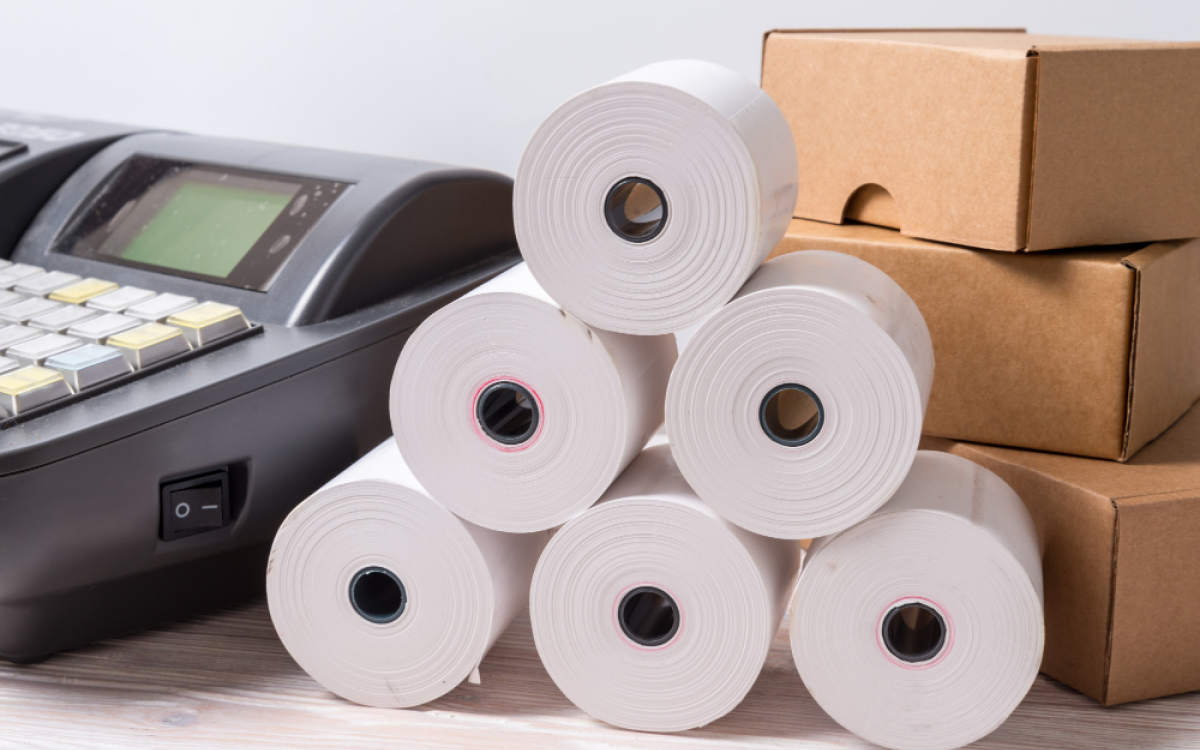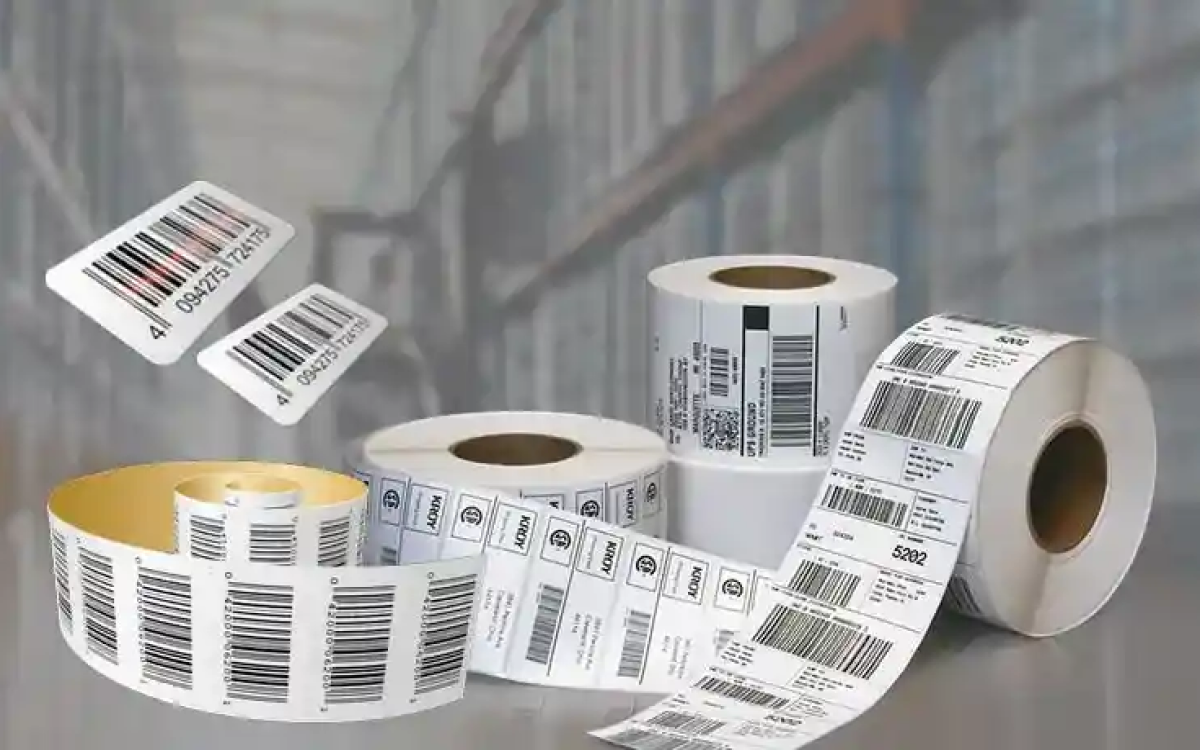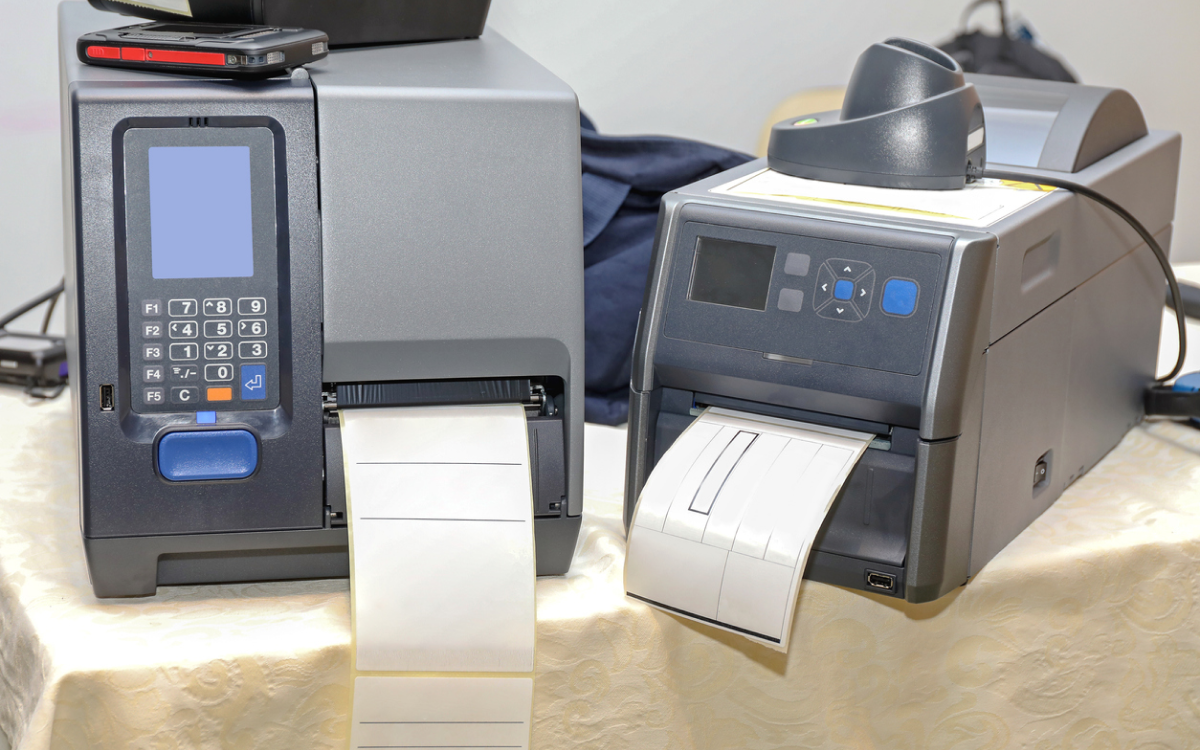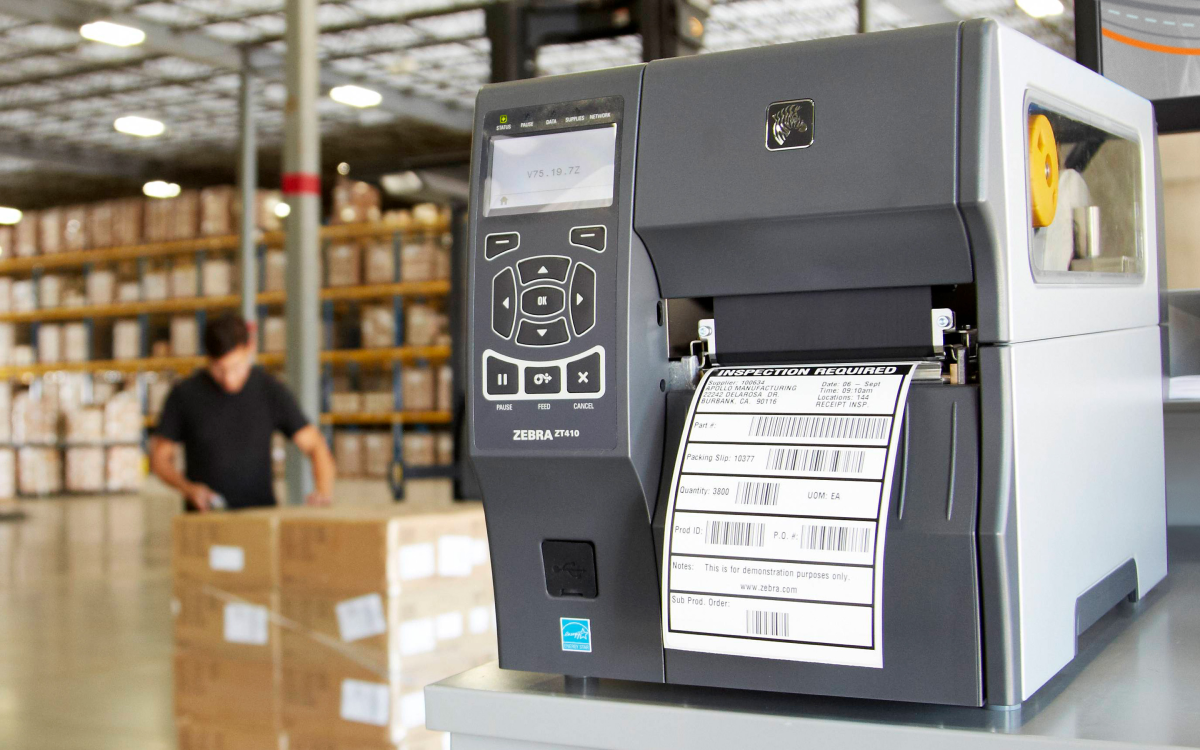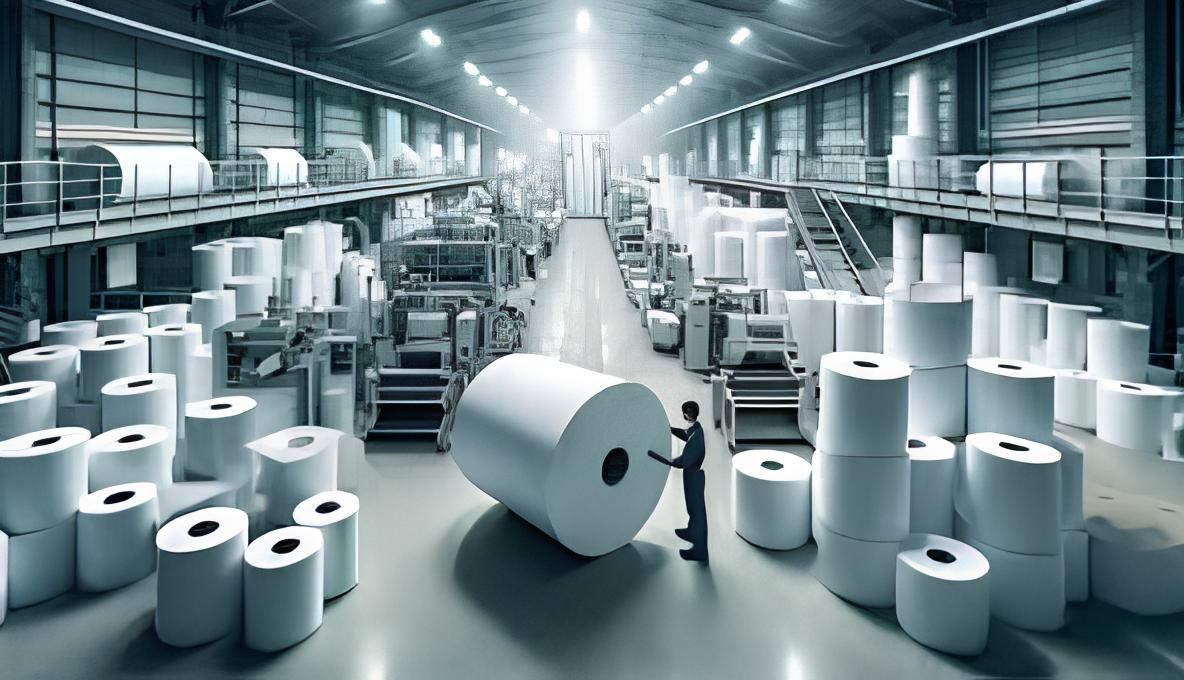What is Thermal Paper?
Thermal paper is a special fine paper coated with a chemical layer that reacts to heat. When exposed to a thermal printer's heat, the chemical coating darkens to produce high-quality images or text. Unlike traditional printing methods, thermal printing doesn’t require ink or toner, making it a more efficient and eco-friendly choice.
Key Features and Benefits of Thermal Paper
1. Cost-Effective Printing
Thermal printing eliminates the need for expensive ink or toner cartridges. This results in significant cost savings, particularly for businesses with high printing volumes.
2. High-Speed Printing
Thermal printers can produce receipts, labels, and tickets much faster than conventional printers, making them ideal for busy environments like retail stores and ticketing counters.
3. Exceptional Print Quality
The chemical coating on thermal paper ensures sharp, clear, and smudge-free prints, which are crucial for professional documentation and customer satisfaction.
4. Durability
Thermal paper is resistant to fading, ensuring that printed materials like receipts and labels remain legible over time. This is especially important for records and customer receipts.
Low Maintenance
Thermal printers have fewer moving parts, which reduces maintenance costs and minimizes downtime. The simplicity of thermal paper systems ensures seamless operation.
Applications of Thermal Paper
Retail and Hospitality: Printing receipts, invoices, and order tickets.
Logistics and Warehousing: Creating shipping labels and barcodes.
Healthcare: Producing medical reports and patient wristbands.
Entertainment: Generating tickets for events, parking, and transportation.
Banking: Printing transaction receipts and bank statements.
Conclusion
Investing in the right thermal paper can improve your business operations, enhance customer experience, and reduce printing costs. Whether you need rolls for a POS system, labels for logistics, or tickets for events, thermal paper is a dependable choice.
